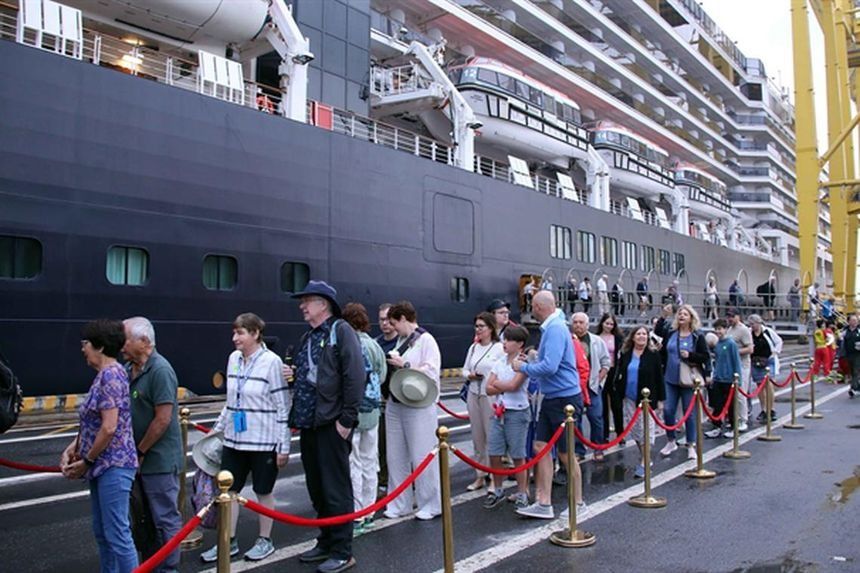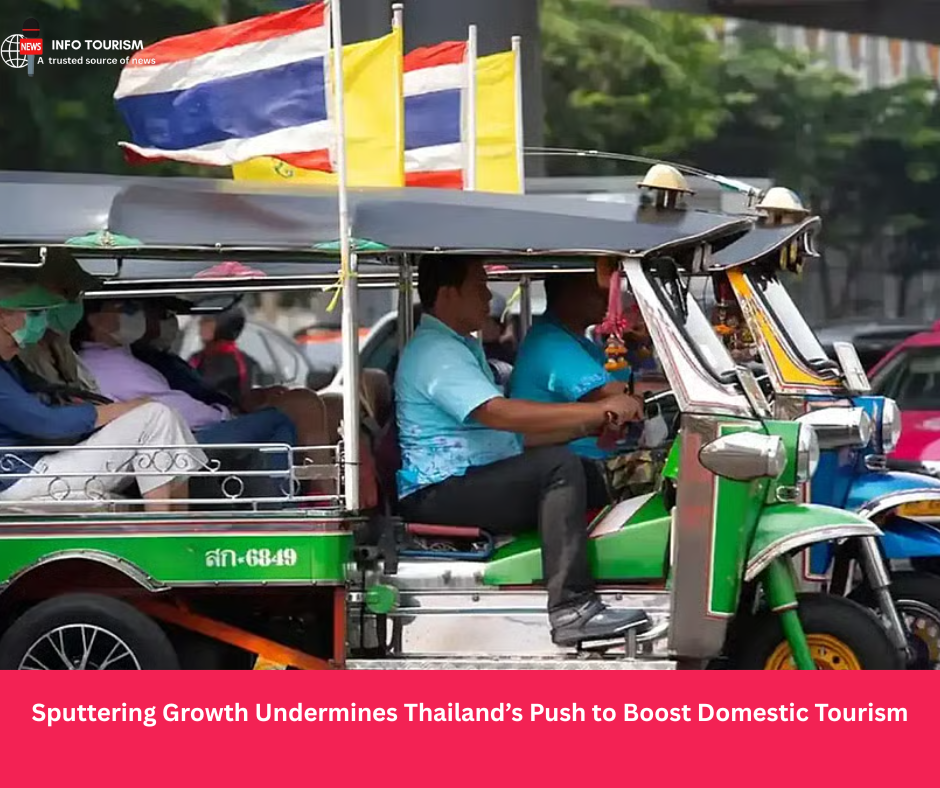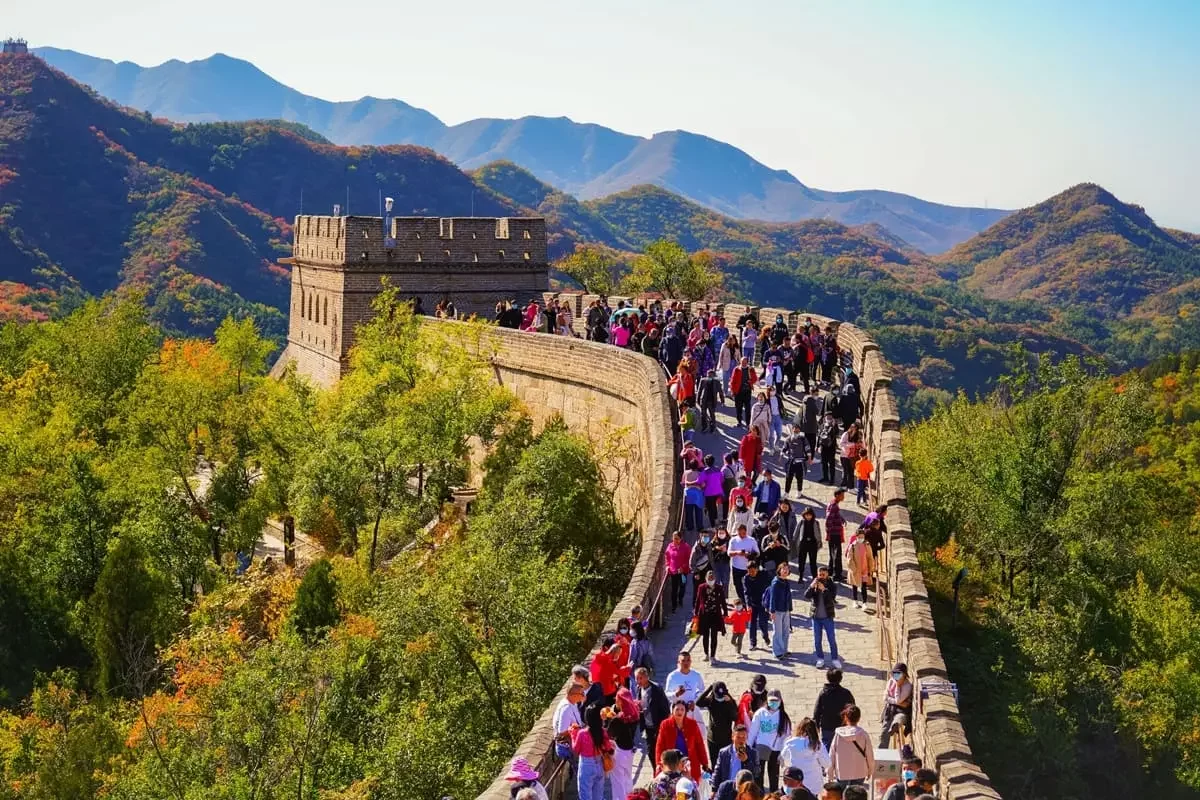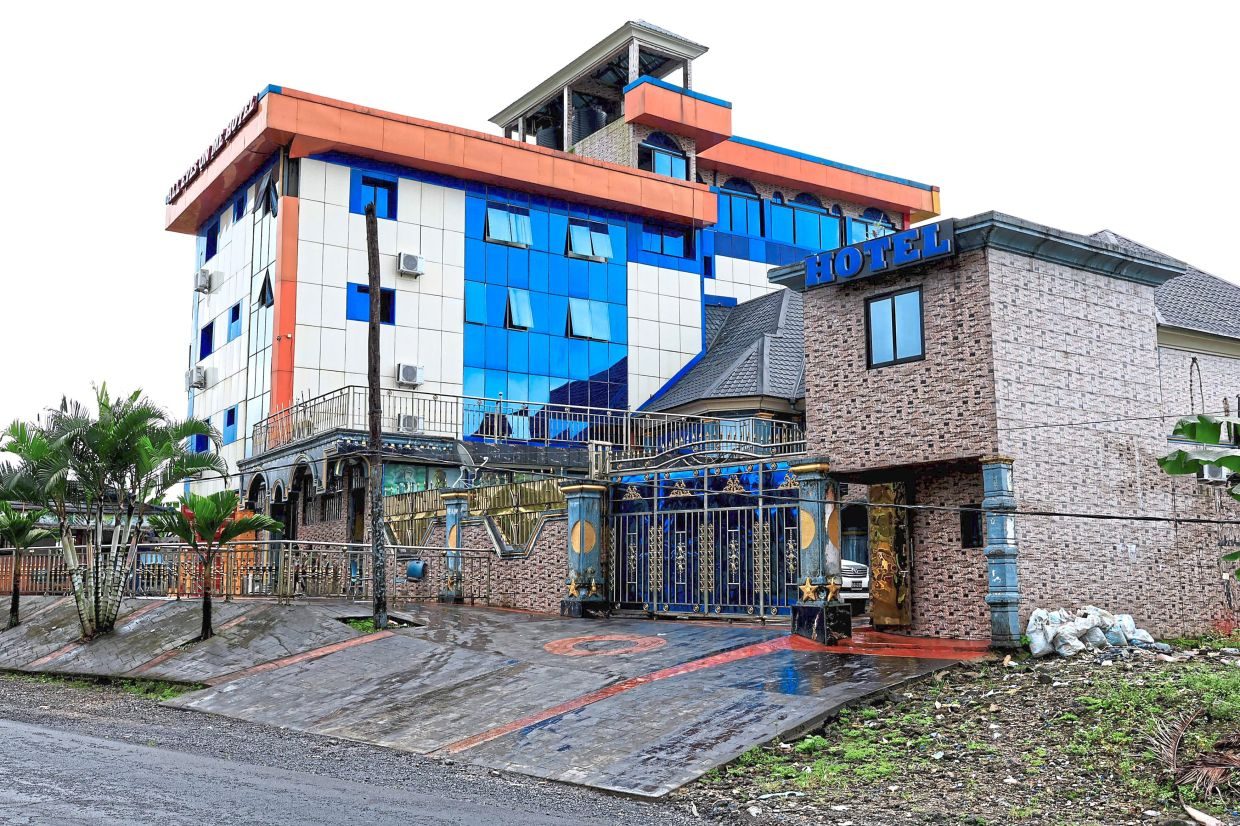HANOI: Vietnam expanded its visa waiver policy to cover citizens of 15 countries to make the country more appealing as a destination for tourism and foreign investment.
According to Resolution No. 44/NQ-CP on March 7, Germany, France, Italy, Spain, the United Kingdom, Russia, Japan, South Korea, Denmark, Sweden, Norway, Finland, Poland, the Czech Republic, and Switzerland have the right to visit Vietnam without visas.
Coincidentally, Poland, the Czech Republic, and Switzerland are already enjoying visa-free exemptions starting from January 15 as part of Vietnam’s 2025 Tourism Stimulus Programme.
A flexible visa policy is an effective tool to help Vietnam become more competitive as a destination for international travellers,” said Ha Van Sieu, Deputy Director-General of the Vietnam National Authority of Tourism under the MCST. “This puts Vietnam in a better position to compete while indicating our willingness to open our arms to the world.
The policy text, which was put before parliament this week, also aims to draw international talent, high-end tourists, and foreign investors—segments considered crucial to long-term economic growth.
Sieu emphasized Vietnam’s strategy is not merely one of exemptions at the point of entry but one of attracting high-value visitors who can bring investment, expertise, and innovation.
This policy is consistent with the overall thrust of the Vietnamese Politburo to emphasize the recruitment of foreign scientists and experts in pursuit of the country’s science and technology dreams.
“Vietnam needs to have a red-carpet policy—effective processes for the arrival, residence, and work of international talent,” Sieu added.
Five- or ten-year residence visa schemes are also being considered to lure and retain foreign direct investment. Similarly, Vietnam is looking to target high-income travellers who are ready to invest in high-end tourism products, luxury property, and business ventures.
The benefits of this policy are already visible. For instance, after the visa exemption for Polish citizens, more than 21,000 Polish tourists visited Vietnam alone in the first two months of 2025. The flag carrier, LOT Polish Airlines, has resumed charter flights to Vietnamese cities such as Da Nang, Phu Quoc, and Nha Trang, and is mulling the restart of direct commercial flights between Vietnam and Poland.
In June, the MCST will launch a campaign in Poland to further promote the two nations’ bilateral tourism relations.
“Visa policy can unlock broader economic opportunities,” said Sieu, citing Vietnam’s increasing cooperation with Polish airlines as an example of a good experience.
However, industry practitioners caution that visa-free access is just half the story. Competing countries Thailand, Indonesia, and Malaysia offer visa-free entry but retain visitors with better infrastructure, quality offerings, and in-your-face promotions.
“Opening up tourists is only the beginning. Sustaining their interest and satisfaction is where the challenge starts,” Sieu said, stressing the need for effective immigration, convenient transport, and quality tourism offerings.
Without improvements in infrastructure and hospitality standards, Vietnam can fall behind its neighbours. Airport congestion, inconsistent hotel standards, and inferior transport systems could erode the benefits of visa liberalization.
With its world-famous scenery attractions like Ha Long Bay, Hoi An, and Phu Quoc, Sieu warned that nice scenery is not enough. What Vietnam needs is a systematic, first-rate tourist system that delivers excellent tourist experiences.
To that end, Vietnam is moving towards a “smart visa” policy that employs digital technology such as biometric checks and electronic visas to speed up entry and increase security.
Vietnam aims to host up to 23 million international tourists by 2025. To accomplish that ambitious goal, it will have to mobilize concerted efforts across domains ranging from tourism and foreign policy to infrastructure and digitalization.
“In today’s competitive environment, visa policies must be part of a broader strategy to position Vietnam as an investment, innovation, and long-term growth destination,” Sieu said.
He also pointed to Thailand, with its strong repeat visitor rate, and Japan, which succeeds with limited visa waivers, as examples of how quality service and good branding can ensure sustainable tourism success.
Visa waivers are the key. The long-term goal is to develop an environment where people will want to return again and again,” he concluded.
Over six million overseas visitors poured into Vietnam during the first quarter of 2025—the nation’s largest quarterly amount in history—reflecting strong momentum for the coming year.





